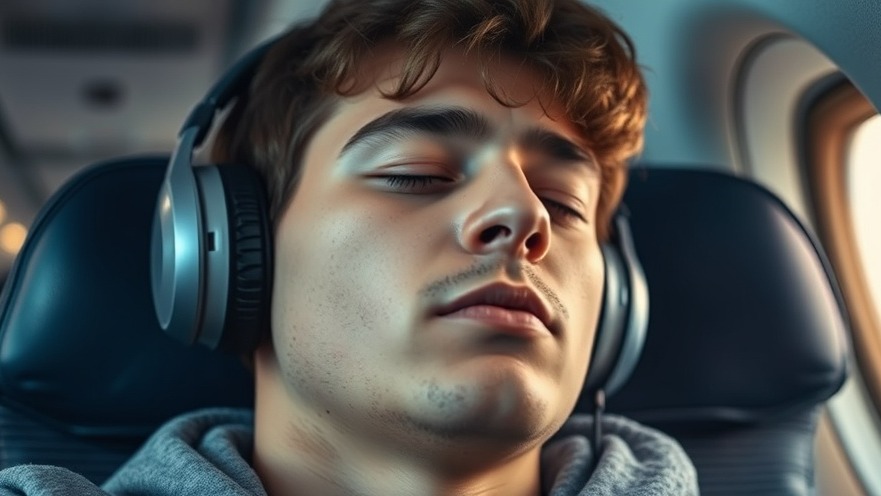
Understanding Motion Sickness: A Common Yet Debilitating Condition
Motion sickness affects millions, manifesting as nausea and dizziness when individuals are in motion, such as while traveling in a car or swinging. While often deemed a minor inconvenience, it can substantially disrupt daily activities and experiences. As healthcare practitioners, understanding the underpinnings of motion sickness, which primarily arises from conflicting sensory signals in the inner ear, vision, and proprioceptors, is crucial to provide effective solutions for our patients.
Innovative Solution: Sound Therapy and Its Mechanism
Recent advancements from Takumi Kagawa and Masashi Kato at Nagoya University unveil a pioneering sound therapy technique that mitigates motion sickness symptoms through targeted sound stimulation. This therapy introduces a sound wave of 100 Hz—termed "sound spice"—that activates the otolithic organs in the inner ear, responsible for detecting gravity and linear acceleration. This method not only offers a non-invasive treatment but also resonates with the growing trend toward utilizing sound for therapeutic benefits.
Clinical Trials: Real-World Applications of Sound Therapy
The efficacy of this sound therapy was evaluated in comprehensive trials where participants were exposed to the sound before experiencing simulated motion sickness. The results were promising: participants reported diminished symptoms after just one minute of sound stimulation. This highlights the importance of considering innovative therapies that merge traditional medical practices with cutting-edge technology.
Expanding Sound Therapy: Implications for Everyday Life
Sound therapy not only paves the way for improved patient experiences but also holds the potential to change how we approach other disorders linked to balance and spatial orientation. With continuous research supporting sound stimulation, practitioners can look towards a future where sound technology could be integrated into everyday clinical practice. For concierge health practitioners, this advancement enhances the patient experience by providing a novel, cost-effective treatment that can be utilized in various settings—from clinics to vehicles.
Broader Perspectives: Exploring Alternative Therapies
While sound therapy presents a remarkable breakthrough, it is essential to recognize the array of alternative therapies available for managing motion sickness. Options ranging from medications like antihistamines to lifestyle strategies including gradual exposure to motion can also complement sound stimulation. Each patient is unique, and a holistic approach that incorporates various treatment modalities may yield the best outcomes.
Patient Empowerment: Choices and Informed Decisions
As practitioners, empowering patients with knowledge about their options can significantly influence treatment adherence and outcomes. Introducing sound therapy as a viable alternative for motion sickness opens dialogues for patients about their experiences and preferences in managing symptoms. Understanding the effectiveness of varying therapies allows patients to make informed and personalized health decisions, ultimately enhancing their quality of life.
Action Items for Healthcare Practitioners
For concierge health practitioners who aim to lead in healthcare innovation, embracing sound therapy as a transition in motion sickness management can be transformative. Incorporating sound therapy techniques into practice not only sets the stage for enhanced patient care but also positions practitioners as pioneers in applying technological advancements within healthcare. Consider researching sound therapy systems and potentially integrating them into wellness seminars or patient education materials.
By remaining proactive and knowledgeable about evolving medical technologies, health practitioners can significantly affect patient outcomes and satisfaction when addressing commonly overlooked conditions like motion sickness.
 Add Row
Add Row  Add
Add 






Write A Comment